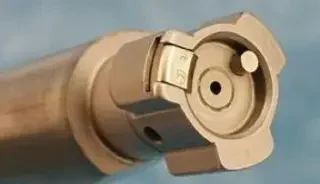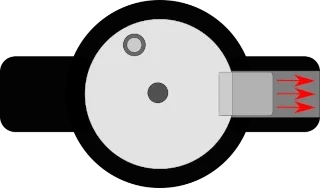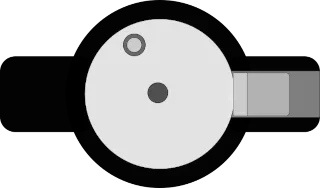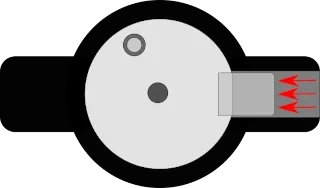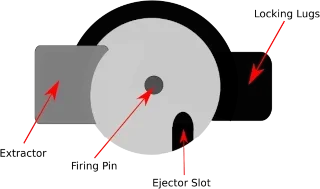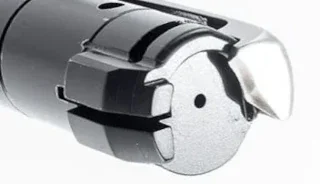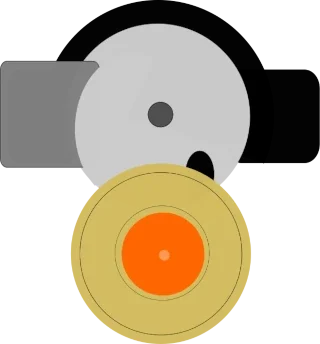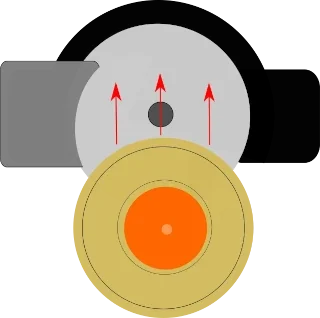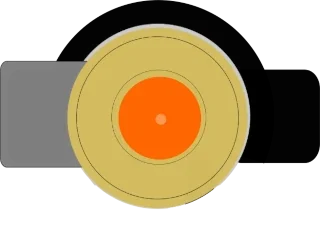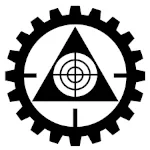Push Feed vs Controlled Feed
Bolt actions in rifles essentially come in two flavours: push feed and controlled feed. The major difference between the two is how the cartridges are loaded into the chamber.
So which type is better?
Personally, I prefer bolt action rifles with a push feed system. I find that they are easier to reload and they tend to perform better in dirty environments. However, some people swear by rifles with a controlled feed system because they say that they are more reliable also.
Enter the great push feed versus controlled feed debate!
Push Feed vs Controlled Feed Video
Push Feed
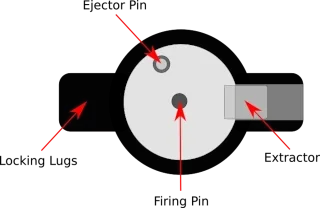
The bolt does not have complete control of the cartridge in a push feed action, the bolt picks up the cartridge and simply rams it into the chamber.
Typically when you push the bolt forward on a push feed action, the cartridge is collected by the bolt face. If you stop before the round is chambered and move the bolt rearwards, the cartridge is left in where it is.
